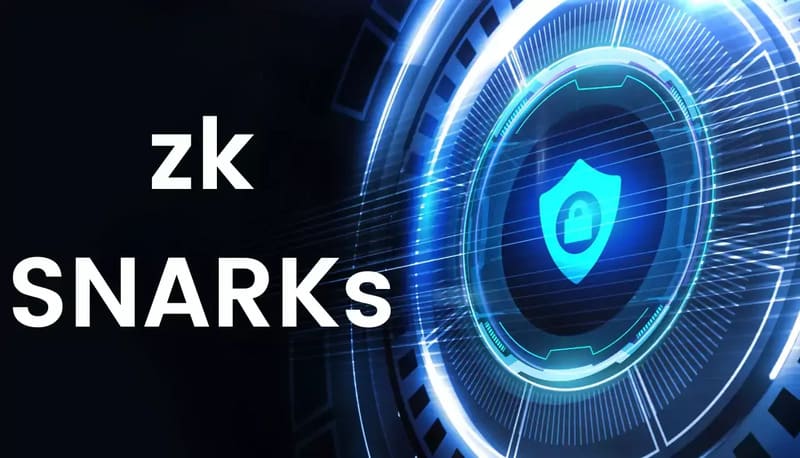
Blockchain technology has revolutionized various industries by providing decentralized and secure systems for transactions, data management, and more. However, one of the significant challenges faced by blockchain networks, particularly those that process a high volume of transactions, is scalability. Traditional blockchains, such as Bitcoin and Ethereum, have a limited capacity to handle large numbers of transactions due to their consensus mechanisms and data structures. This has led to slower transaction speeds, higher costs, and decreased efficiency as more users join the network.
Blockchain sharding has emerged as a promising solution to these scalability issues. By breaking a blockchain network into smaller, more manageable parts, sharding allows for parallel processing of transactions, thus improving the overall performance of the network. In this article, we will explore the concept of blockchain sharding, how it works, and the benefits it offers for scaling blockchain networks.
What is Blockchain Sharding?
Sharding is a method used to divide a blockchain network into smaller, independent segments known as “shards.” Each shard operates as its own blockchain with its own set of validators and transactions, and can process its transactions concurrently with other shards. This approach contrasts with traditional blockchain models, where all transactions are processed sequentially in a single, global ledger.
Each shard stores a portion of the overall blockchain data, and the network is responsible for maintaining the integrity and consensus across all the shards. This is typically achieved through a mechanism like Proof of Stake (PoS) or another consensus protocol, where validators are randomly assigned to different shards to ensure fairness and security. Since each shard can process transactions in parallel, the overall throughput of the network is significantly increased.
How Sharding Works
Sharding works by partitioning a blockchain network into smaller sections, known as shards. Here’s a breakdown of how it functions:
- Data Partitioning: The blockchain is split into multiple shards, each containing a fraction of the total data. This ensures that each shard has a smaller workload, making the system more efficient.
- Parallel Processing: Each shard is capable of processing its transactions independently, in parallel with other shards. This greatly increases the overall capacity of the network, as multiple transactions can be processed simultaneously.
- Cross-Shard Communication: Although each shard operates independently, they need to communicate with one another to ensure consistency and consensus across the entire network. This is often achieved through cross-shard communication protocols, which ensure that data and transaction states are synchronized across shards.
- Validator Assignment: Validators, who are responsible for confirming transactions and maintaining the blockchain’s integrity, are randomly assigned to different shards. This helps ensure that no single shard or group of validators becomes too powerful or manipulative.
By implementing sharding, blockchain networks can achieve greater scalability without compromising on security or decentralization.
Benefits of Blockchain Sharding for Scaling
- Increased Throughput and Transaction Speed: One of the main advantages of sharding is the ability to process transactions in parallel. Since each shard can handle its own transactions independently, the network as a whole can process many more transactions per second (TPS) compared to a non-sharded blockchain. This leads to faster transaction processing and improved overall efficiency.
- Reduced Latency: Sharding also reduces the latency associated with transaction validation. As validators only need to focus on a smaller subset of the blockchain data, they can reach consensus more quickly, resulting in faster transaction times.
- Cost Efficiency: With sharding, the blockchain network can handle more transactions without needing to increase the size of the entire blockchain. This helps to reduce the computational cost of maintaining the network, as each shard only needs to manage a fraction of the data. In turn, transaction fees may decrease, as the network can accommodate a higher volume of transactions without causing congestion.
- Scalability Without Compromising Security: Sharding helps solve scalability issues while maintaining the security and decentralization of the blockchain. By ensuring that no single shard or group of validators can control the entire network, sharding preserves the distributed nature of the blockchain, which is vital for preventing attacks and maintaining trust in the system.
- Improved Network Efficiency: Sharding allows for better resource allocation and load balancing. Validators only need to process a subset of transactions, reducing the strain on individual nodes and improving the overall efficiency of the network. This leads to a more robust and sustainable blockchain infrastructure, especially as the network grows.
Real-World Applications of Blockchain Sharding
Several blockchain projects are already exploring or implementing sharding to improve scalability. One of the most well-known projects is Ethereum 2.0, which plans to introduce sharding as part of its transition from Proof of Work (PoW) to Proof of Stake (PoS). Ethereum’s sharding solution is expected to dramatically increase the network’s capacity, allowing it to handle more transactions and support a broader range of decentralized applications (dApps).
Other projects, such as Polkadot and Zilliqa, are also leveraging sharding to enhance their scalability. Polkadot uses a sharded multi-chain architecture to enable different blockchains to work together, while Zilliqa employs sharding to increase its transaction throughput and scalability.
Blockchain sharding represents a promising solution to one of the biggest challenges facing blockchain networks today – scalability. By dividing a blockchain into smaller, parallelizable segments, sharding can significantly increase throughput, reduce latency, and improve cost efficiency without sacrificing security or decentralization. However, it also introduces complexities in implementation and requires robust mechanisms to ensure security, consistency, and interoperability across shards.
As blockchain technology continues to evolve, sharding is likely to play a key role in making blockchain networks more scalable, efficient, and accessible for a wider range of use cases. With projects like Ethereum 2.0, Polkadot, and Zilliqa already working on sharding solutions, the future of blockchain scalability looks promising.



